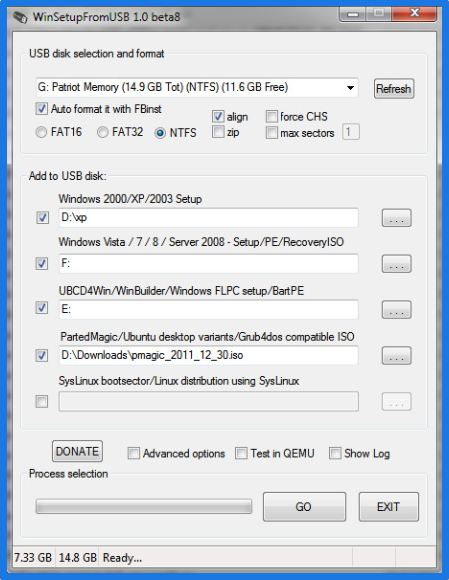
In the boot menu, select your USB drive and continue.If prompted, press a special key, e.g.In this case, the option you should choose in the UEFI BIOS screen should be the one to boot your PC from an external USB boot device. Note: If you don't have such an item on the Advanced Startup Options screen, this means it is not supported by your hardware, or you have the Fast/Ultra Fast boot option enabled in UEFI. The computer will restart and start from the selected USB device. Click on the USB drive that you want to use to boot from.Open the Advanced Startup Options screen.Plug your bootable USB drive to your computer.

To boot from a USB drive in Windows 10, do the following. They provide a special option in advanced startup options instead. UEFI firmware environments with Fast and Ultra Fast boot options often do not allow selecting a boot device. Modern computers allows you to select a bootable device at the startup (BIOS stage).

They can vary depending on your hardware and software. There are a number of methods you can use in Windows 10 to start your PC from a USB drive.


 0 kommentar(er)
0 kommentar(er)
